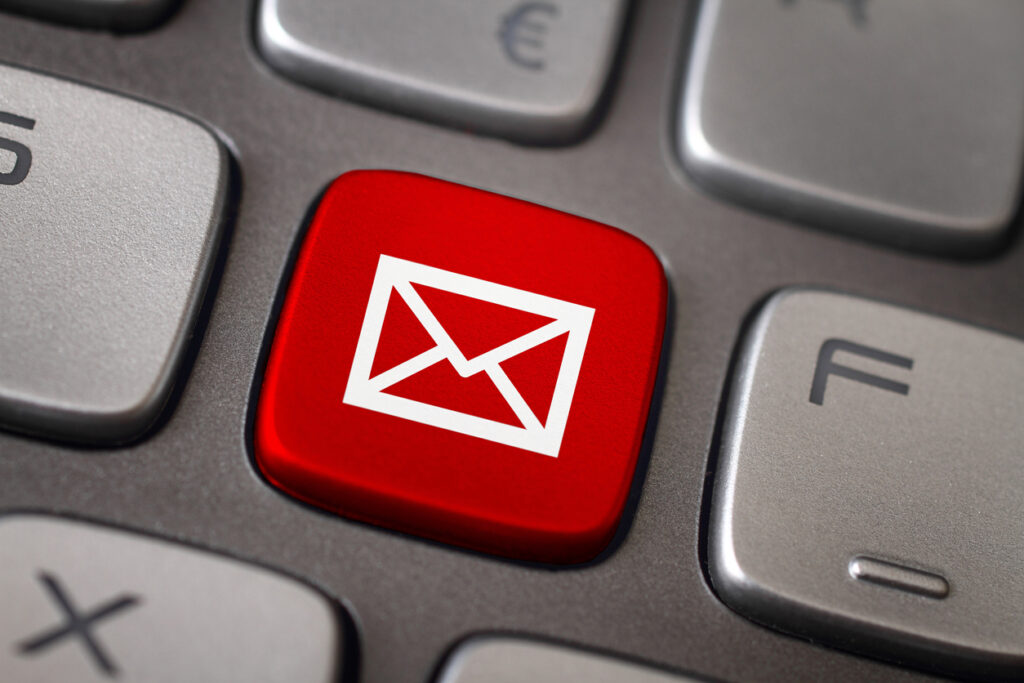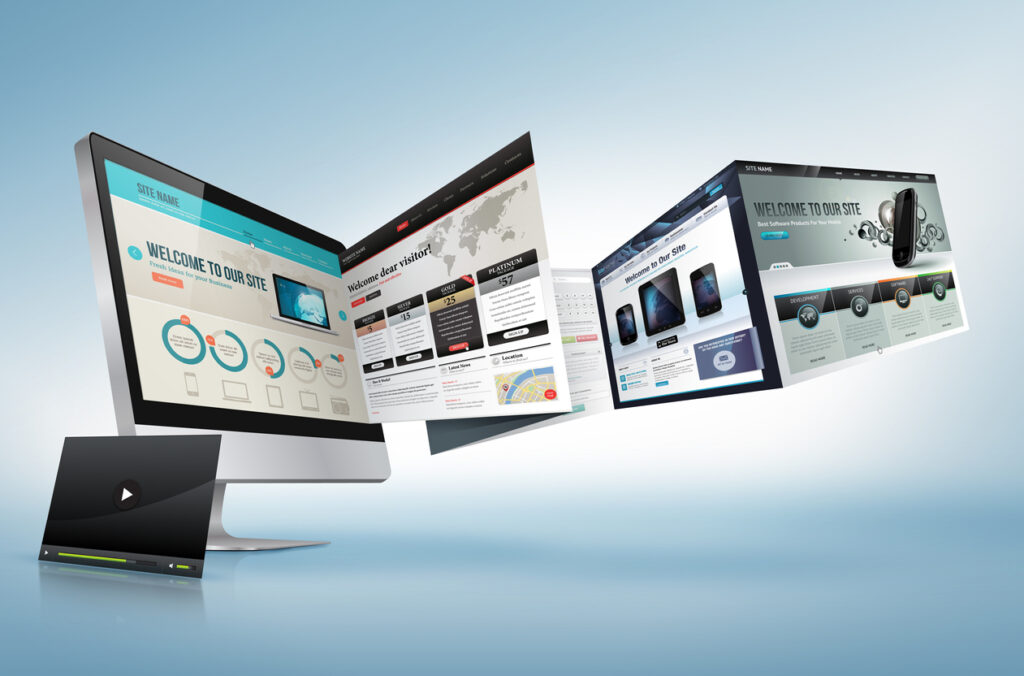Email Marketing Best Practices
Email Marketing Best Practices
 What is Email Marketing?
What is Email Marketing?
Email marketing refers to sending large numbers of emails to a specified audience, typically on a scheduled basis. While email marketing has many benefits and potential uses, there are best practices to follow to increase your success. This article will cover some of the most critical steps we consider when creating an email marketing campaign.
Email Marketing Applications
Before determining when or who you should be sending your email marketing to, it is best to determine the purpose of your campaign. There are several general categories to consider, such as:
- Promotions
- Newsletters
- Surveys
- Appointment reminders
Email Marketing Best Practices

Once you have determined why you are sending email, rather than relying on another channel, there are a few email marketing best practices to follow. There have been extensive studies conducted over decades to determine the best practices for email marketing. We will break these down in the following sections.
Content
One of the most important categories to consider when sending email marketing is the type and style of content you are sending to your current or potential customers.
Type of Content
When sending your emails, think about being the end-user. Is it more appealing to open an email full of nothing but bland, raw text on a white background? Or would you be more likely to open, read, and respond to an email with excellent formatting, rich media, and an easy-to-follow layout? By crafting a thought-out email that is attractive to the eye, you are more likely to have a successful email campaign. EmailOut has discovered that emails are considerably more likely to be utilized and lead to conversions when an email is well designed.
Length of Content
While some email categories may require more text to convey their information (newsletters, for example), most emails should stick to a length of 50 to 150 words. This length helps keep the content light and easy to digest while moving the reader onto the call-to-action buttons and links included in the email.
Design choices
Any strong email campaign will include intelligent, professional, and quality design choices. These choices should reflect your message, brand and be attractive enough to stand out in an inbox full of promotions from your competitors. By including strong design choices, your readers will be more likely to associate your message and content with your brand, reducing friction in their journey to converting into a paying customer.
Audience
Determining who will receive your email marketing is critical to ensuring a successful open rate. If you are sending well-crafted emails to the wrong audience, your open rate will likely plummet.
Target Audience
By knowing your target audience for all marketing efforts, you can tailor your email marketing to be well-received by a specific type of person. To learn more about developing a specified target audience, read Our Blog Post.
Subscriptions
Once you have your basic strategy planned and well-executed, you will likely want to start growing the list of potential customers who receive your email marketing. By including options to subscribe to your consistent emails, you will likely capture a wider audience of potential customers. Emails are shared quite often. By including a subscription option, you allow anyone who receives your email (regardless if you sent it or it was shared by another) to sign up to see more.
Split Testing
Split testing, or A/B testing, is a great way to determine how small changes can affect the success rate of your email marketing. By changing a single object within your email marketing, you can decipher the overall success of that element. Split testing has long been adopted by marketing professionals, and with good reason. Split testing is an excellent testbed to see how much a simple change can affect your overall success.
Sending Emails
Day of the Week
While there have been numerous studies about the best day of the week to send emails, there is one resounding tip that most will agree on: know your audience. Is your audience sitting at a computer screen with their email open all day? DO they work in the field and check emails at the beginning and end of the day? Are they more likely to catch up on Monday mornings and have 100 emails waiting for a response? By asking yourself these questions, you can better define your targeted audiences and be able to send your emails at the time that is most likely to be opened and well-received.
Generally, the most successful days to send your emails are Tuesday and Thursday, mid-morning. These are the days when emails are statistically most likely to be opened and will have your message waiting at the top of their inboxes.
The time To follow up
So, you’ve sent your first email. Congratulations! You planned well, designed, and sent it at the right time. Now what? You likely need to send a follow-up at some point, right? But when? Typically, the email marketing best practice is to send a follow-up around three days after the first email. Even if the first email didn’t lead to a conversion, we recommend a follow-up. After all, studies show that it typically takes approximately five contacts with a potential customer to convert them into a paying one.
Call to Action
Debatably the most critical part of any communication with a potential customer, the call to action is an essential component of email marketing best practices. What do you want the reader to do once they have received the message? Visit your website? Reply promptly? Contact you for additional information? Without a clear call to action, many potential customers will remain just that, potential.
Landing Pages

Once the reader has followed through on the call to action, where are they led? The most common call to action is to visit your website. But where do they enter the website? Having a well-planned landing page is essential to email marketing best practices. A page reflecting both the email they just came from and the rest of your website builds the bridge between the content they just left and the content they are now seeing. The transition from directed marketing to personal investigation is one of the most common places where people abandon their customer journey and never turn into paying customers. By ensuring you have an excellent landing page, you can help reduce the number of lost customers.
How Red Crow Can Help
Red Crow Marketing has been performing well-planned email marketing best practices for years, with large and small clients. To learn more about our services, visit our landing page dedicated to Email Marketing Services. If you are ready to see what we can do for you, Contact Us today!


This Post Has 0 Comments